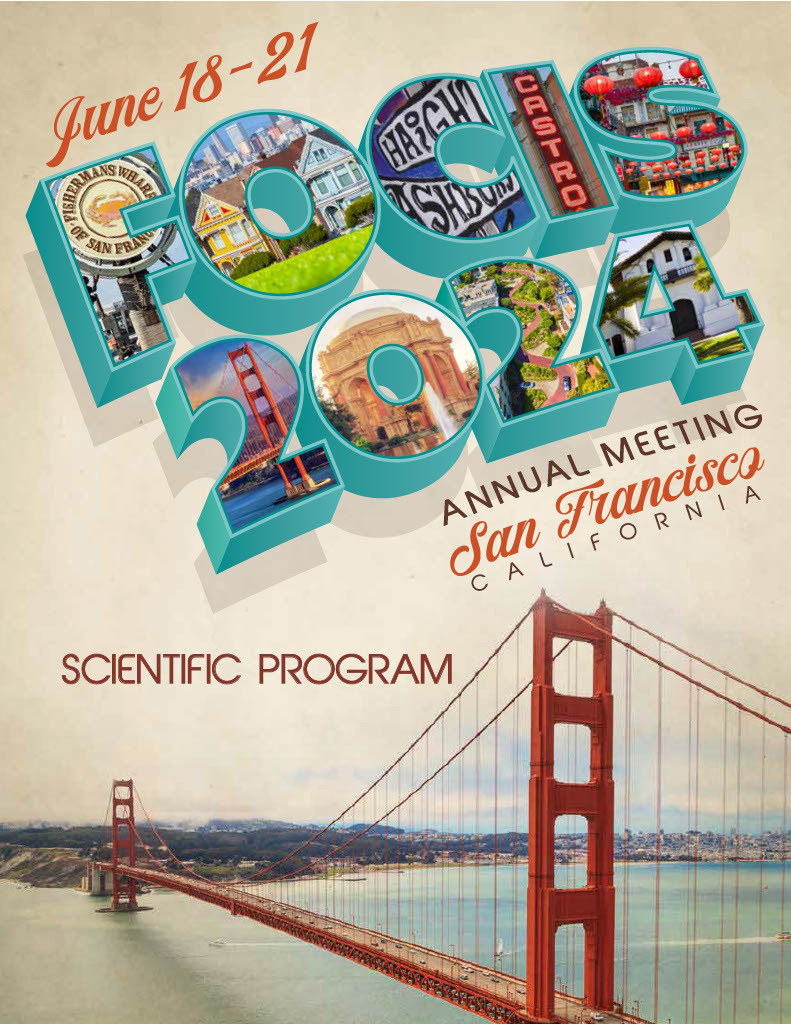Tu188 - BCL6 Constrains Expression of HLA Class II and Antigen Presentation Machinery in Endothelial Cells, in a Selective Manner
Tuesday, June 18, 2024
6:00 PM - 7:30 PM PT
Adriana Franco-Acevedo – ITESCO

Nicole M. Valenzuela, PhD, F(ACHI)
Assistant Professor in Residence
University of California, Los Angeles
Los Angeles, California, United States- AF
Adriana Franco-Acevedo
ITESCO
Abstract Text: We hypothesized that the transcriptional repressor BCL6 could block expression of STAT1-target genes, in particular IFNγ-stimulated HLA II expression in endothelial cells (EC).
Human EC (n=4) were transduced with GFP alone, BCL6 overexpression (OE) vector, GAPDH shRNA or BCL6 shRNA (BCL6 KD). In parallel, EC were treated with BCL6-BTB domain inhibitors (BTBi) that enhance BCL6 binding to target genes. After IFNγ treatment, HLA expression was measured by RNA-Seq and flow cytometry. BCL6-bound target genes were identified in silico using public datasets of ChIP-Seq (ENCODE) and motif prediction (Transfac, JASPAR).
BCL6 OE reduced, while BCL6 KD augmented, IFNγ-induced gene expression of HLA II. Concordantly, BCL6 OE reduced and KD enhanced HLA-DR but not -ABC surface expression. Treatment with BTBi strongly blocked IFNγ induced HLA-DPA1, DPB1, DRA, DRB1, DQA1 and DQB1 transcripts by more than 90%. Class II transactivators CIITA and NLRC5 were reduced by BTBi, and augmented by BCL6 depletion. BTBi abolished IFNγ-induced HLA-DR and –DP, but not HLA-ABC, protein expression.
There was no effect of BCL6 using any of these approaches on IFNγ inducible HLA class I gene expression. Many BCL6 binding sites are distributed across the HLA class II genomic region, particularly between HLA-DRB1 and -DQA1 loci, and within the -DPB1 locus. In contrast, there was a stark absence of BCL6 motifs near HLA-A/B and HLA-C.
BCL6 is a novel and selective modifier of HLA gene expression in endothelium. BCL6 may be an untapped target to prevent pathogenic expression of HLA II in organ transplants.
Human EC (n=4) were transduced with GFP alone, BCL6 overexpression (OE) vector, GAPDH shRNA or BCL6 shRNA (BCL6 KD). In parallel, EC were treated with BCL6-BTB domain inhibitors (BTBi) that enhance BCL6 binding to target genes. After IFNγ treatment, HLA expression was measured by RNA-Seq and flow cytometry. BCL6-bound target genes were identified in silico using public datasets of ChIP-Seq (ENCODE) and motif prediction (Transfac, JASPAR).
BCL6 OE reduced, while BCL6 KD augmented, IFNγ-induced gene expression of HLA II. Concordantly, BCL6 OE reduced and KD enhanced HLA-DR but not -ABC surface expression. Treatment with BTBi strongly blocked IFNγ induced HLA-DPA1, DPB1, DRA, DRB1, DQA1 and DQB1 transcripts by more than 90%. Class II transactivators CIITA and NLRC5 were reduced by BTBi, and augmented by BCL6 depletion. BTBi abolished IFNγ-induced HLA-DR and –DP, but not HLA-ABC, protein expression.
There was no effect of BCL6 using any of these approaches on IFNγ inducible HLA class I gene expression. Many BCL6 binding sites are distributed across the HLA class II genomic region, particularly between HLA-DRB1 and -DQA1 loci, and within the -DPB1 locus. In contrast, there was a stark absence of BCL6 motifs near HLA-A/B and HLA-C.
BCL6 is a novel and selective modifier of HLA gene expression in endothelium. BCL6 may be an untapped target to prevent pathogenic expression of HLA II in organ transplants.

